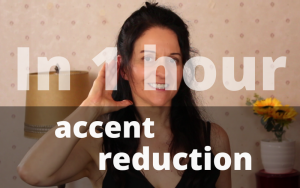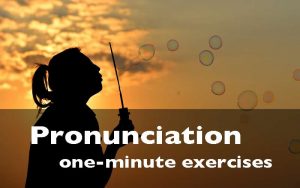Mastering the phonetic alphabet will help you improve your English pronunciation fast. This fun and easy course brings you 4 step by step lessons with exercises. Earn a Certificate upon completion.

English courses & lessons
STEP-BY-STEP LESSONS TO IMPROVE REALLY FAST

Mastering the phonetic alphabet will help you improve your English pronunciation fast. This fun and easy course brings you 4 step by step lessons with exercises. Earn a Certificate upon completion.

5 step-by-step videos that show you the mistakes you’re making, and how to avoid them. Fun and easy practice that will make the biggest difference to your accent. Play the videos anywhere, at any time. With a 30-day full money-back guarantee.

Thirty 2-minute videos to help you improve your spoken English fast. Each video focuses on one common mistake; and includes a clear explanation, and speaking practice. 7-day full money-back guarantee.

Learn and practise the 45 British English sounds. Step by step lessons with tongue and lip images, interactive flashcards, speaking drills and listening exercises. Earn a Certificate upon completion. With a 30-day full money-back guarantee.

Improve your English pronunciation fast with these short & easy exercises. These 1-minute exercises bring you targeted practice to help you avoid the mistakes you're currently making. Play them at any time, anywhere. With a 30-day full money-back guarantee.

Hi, I'm Maria Fernandez. I'm the owner of this website, and the author of the courses on this page.
If you have any questions about me or my courses, don't hesitate to get in touch. Press HELP on the top menu, and I'll quickly get back to you. Thanks for visiting my site!